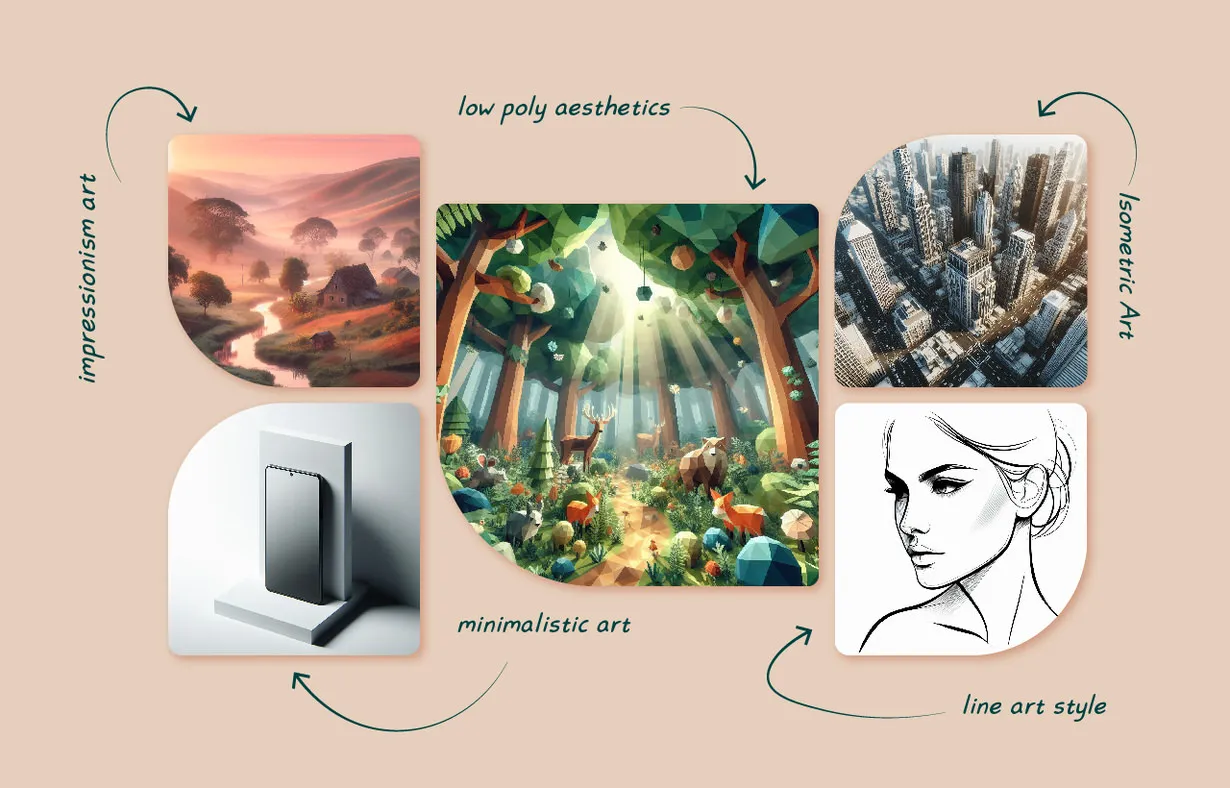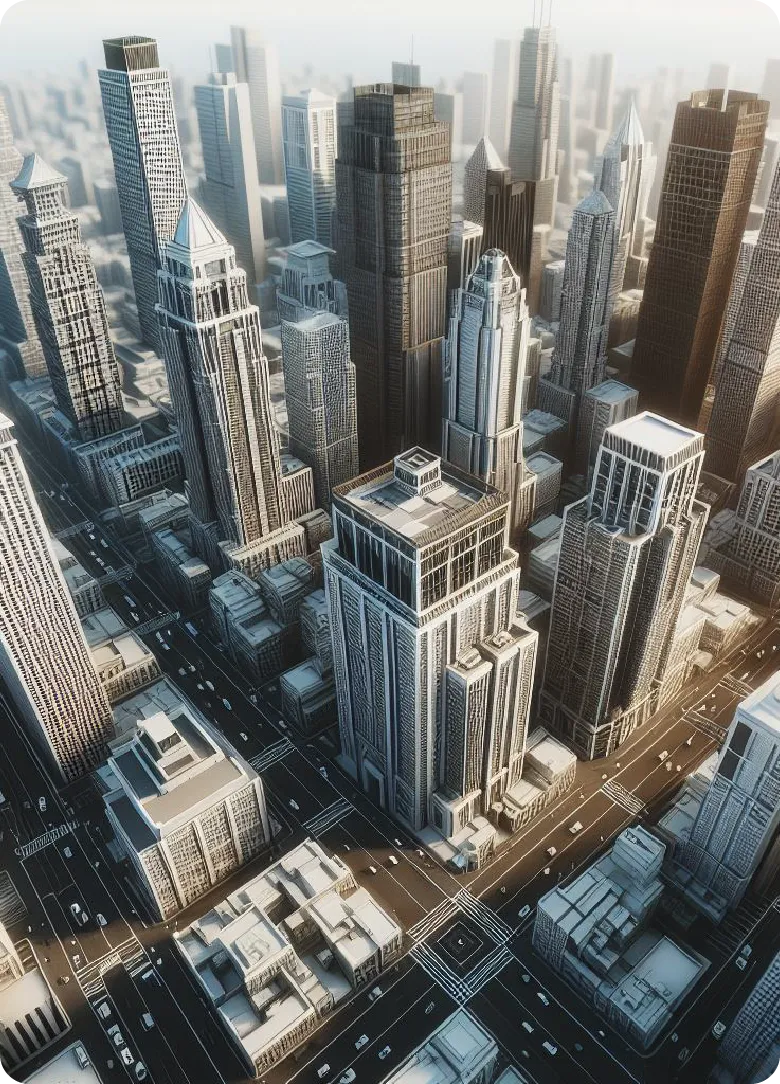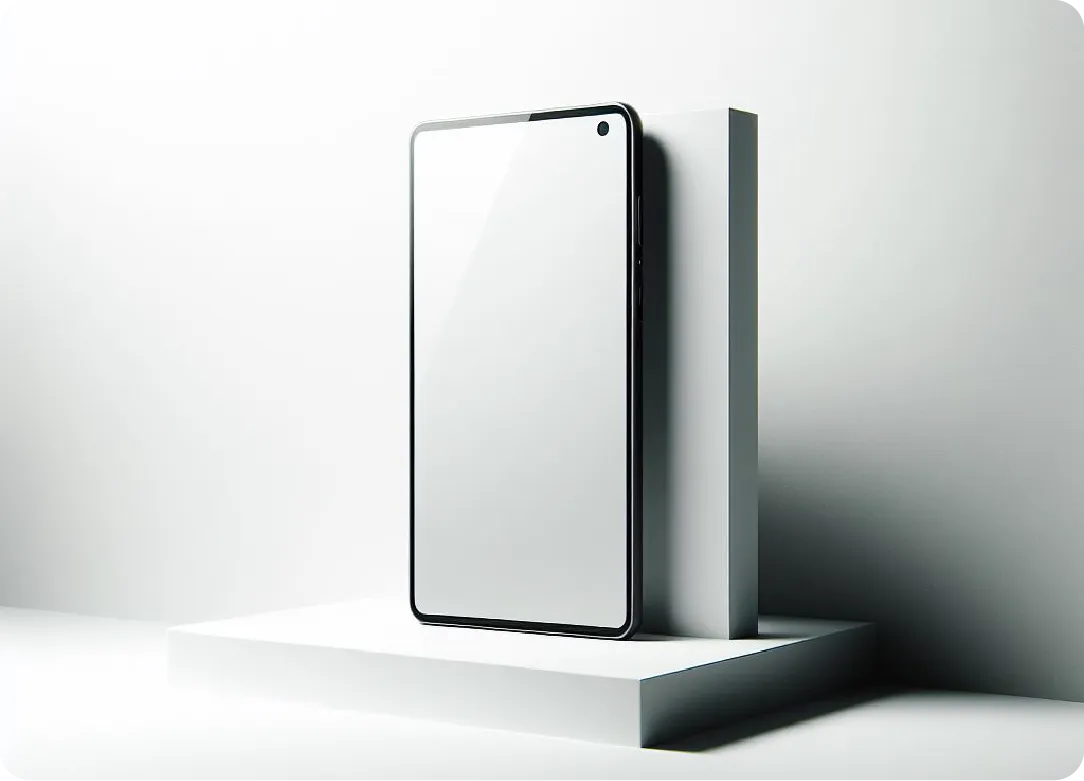
At the end of this article, you'll discover five art styles ideal for crafting AI images, ensuring optimal results with minimal effort. Learning these styles will not only yield impressive outcomes but also refine your image-prompting skills.
In the vast landscape of artistry, where creativity reigns supreme, the convergence of technology and imagination has heralded a new era of artistic expression. Among the plethora of styles that have emerged, Impressionism, Isometric, Line Art, Low Poly, and Minimalism stand tall as pillars of distinctiveness, each offering a captivating journey into the realms of beauty and abstraction. Welcome to the third volume of our exploration into the enchanting world of AI art styles, where we delve deeper into these captivating forms of expression and uncover the secrets behind their allure.
Unveiling Impressionism

Impressionism, a revolutionary movement that swept through the art world in the late 19th century, captivates with its emphasis on capturing the essence of fleeting moments. Characterized by loose brushwork, vibrant colors, and an emphasis on light and atmosphere, Impressionist artworks transport viewers to idyllic landscapes and bustling cityscapes. With the aid of artificial intelligence, artists can now harness the power of algorithms to recreate the charm of Impressionism with stunning accuracy, imbuing digital canvases with the same sense of vitality and emotion that characterized the works of masters such as Monet and Renoir.
To further enhance the immersive experience of Impressionist AI art, artists can experiment with additional settings such as brush textures, color palettes, and lighting effects. By adjusting parameters such as brush size and opacity, artists can evoke different moods and atmospheres, from the soft, ethereal glow of a sunrise to the bold, dramatic strokes of a stormy sky. By carefully selecting color palettes inspired by nature or historical references, artists can infuse their artworks with a sense of authenticity and nostalgia, transporting viewers to another time and place. Additionally, by manipulating lighting effects such as ambient occlusion and global illumination, artists can create depth and dimensionality, enhancing the sense of realism and immersion in their digital creations.
Prompt used to generate the image
A serene countryside scene at dawn, with a rustic farmhouse nestled among rolling hills and a meandering stream. Soft, pastel hues of pink and orange illuminate the sky, casting a warm glow over the landscape. Trees sway gently in the breeze, their leaves dappled with morning light. Serene, Pastel, Tranquil, DSLR, Telephoto lens, Softening edges, enhancing colors, adding light flares for a dreamy effect.
Exploring Isometric Art
 Isometric art, with its unique perspective that allows for the simultaneous portrayal of multiple sides of an object, has found renewed popularity in the digital age. Originally used in technical drawings and video games, isometric art has evolved into a versatile style that lends itself to architectural renderings, pixel art, and graphic design. By harnessing the power of AI, artists can effortlessly create intricate isometric worlds brimming with depth and detail, inviting viewers to immerse themselves in a realm where imagination knows no bounds.
Isometric art, with its unique perspective that allows for the simultaneous portrayal of multiple sides of an object, has found renewed popularity in the digital age. Originally used in technical drawings and video games, isometric art has evolved into a versatile style that lends itself to architectural renderings, pixel art, and graphic design. By harnessing the power of AI, artists can effortlessly create intricate isometric worlds brimming with depth and detail, inviting viewers to immerse themselves in a realm where imagination knows no bounds.
To elevate the impact of Isometric AI art, artists can experiment with additional settings such as depth of field, ambient occlusion, and specular highlights. By adjusting the depth of field, artists can control the focus and blur of objects within the scene, creating a sense of depth and realism. Ambient occlusion can be used to simulate the subtle interplay of light and shadow, enhancing the overall atmosphere and mood of the artwork. Specular highlights, meanwhile, can add a touch of sparkle and shine to metallic surfaces, bringing objects to life and adding visual interest to the composition.
Prompt used to generate the image
An urban cityscape viewed from a bird's eye perspective, showcasing skyscrapers, bustling streets, and intricate architectural details. Buildings are rendered with geometric precision, featuring clean lines and sharp angles. The city is alive with activity, with cars navigating the grid-like streets and pedestrians bustling about., Geometric, Urban, Precision, Drone, Wide-angle lens
Diving into Line Art
 Simplicity meets sophistication in the realm of line art, where the purity of form takes center stage. Defined by clean lines and minimalist compositions, line art captivates with its ability to convey complex ideas with elegant simplicity. In the hands of AI, line art transcends traditional boundaries, allowing artists to experiment with dynamic shapes and intricate patterns, resulting in mesmerizing visual compositions that leave a lasting impression on the mind's eye.
Simplicity meets sophistication in the realm of line art, where the purity of form takes center stage. Defined by clean lines and minimalist compositions, line art captivates with its ability to convey complex ideas with elegant simplicity. In the hands of AI, line art transcends traditional boundaries, allowing artists to experiment with dynamic shapes and intricate patterns, resulting in mesmerizing visual compositions that leave a lasting impression on the mind's eye.
To enhance the visual impact of Line Art AI creations, artists can explore additional settings such as stroke weight, pattern density, and line smoothing. By adjusting the stroke weight, artists can create a sense of depth and dimensionality, varying the thickness of lines to emphasize certain elements and create visual hierarchy. Pattern density can be used to add texture and visual interest to the artwork, while line smoothing can help create fluid, graceful curves, and transitions, enhancing the overall aesthetic appeal of the composition.
Prompt used to generate the image
A minimalist portrait of a woman, rendered entirely in black and white lines. The subject's features are simplified into clean, elegant curves and contours, with subtle shading achieved through variations in line weight. The composition is stark yet striking, capturing the essence of the subject with minimal detail. Elegant, Minimalist, Sophisticated, Digital sketching tablet, Adjusting line weight, refining contours, adding subtle texture for depth.
Embracing Low Poly Aesthetics

Low Poly art, characterized by its use of geometric shapes and simplified forms, has emerged as a popular choice among digital artists seeking to evoke nostalgia and whimsy. Inspired by the early days of 3D graphics and video games, low poly aesthetics combine retro charm with modern sensibilities, resulting in artworks that are both timeless and contemporary. With the aid of AI, artists can effortlessly create stunning low poly landscapes and characters, breathing life into virtual worlds with a sense of wonder and imagination.
To elevate the visual impact of Low Poly AI art, artists can experiment with additional settings such as material shaders, lighting effects, and particle systems. By applying different material shaders to objects within the scene, artists can create a variety of surface textures and finishes, from matte to metallic to translucent. Lighting effects such as ambient occlusion and global illumination can be used to enhance the mood and atmosphere of the artwork, while particle systems can add dynamic elements such as rain, snow, or fire, bringing the scene to life and creating a sense of movement and vitality.
Prompt used to generate the image
A whimsical forest scene populated by stylized animals and foliage, rendered in low poly style. Trees, bushes, and woodland creatures are depicted with faceted geometric shapes, giving the scene a playful and nostalgic feel. Sunlight filters through the canopy, casting geometric patterns of light and shadow on the forest floor. Whimsical, Nostalgic, Playful, Digital camera, Standard lens, Adding polygonal shapes, adjusting colors for a retro-inspired palette, enhancing lighting effects.
Celebrating Minimalism
Less is more in the world of Minimalism, where simplicity reigns supreme. With its focus on essential elements and clean, uncluttered compositions, Minimalist art invites viewers to pause, reflect, and appreciate the beauty of simplicity. Through the lens of AI, artists can explore the endless possibilities of Minimalism, pushing the boundaries of form and function to create artworks that resonate with profound meaning and understated elegance.
To enhance the minimalist aesthetic of AI art, artists can experiment with additional settings such as color saturation, contrast, and composition. By adjusting the saturation and contrast levels, artists can create a sense of harmony and balance within the composition, emphasizing key elements and creating visual interest. Composition techniques such as rule of thirds and negative space can be used to create a sense of balance and symmetry, guiding the viewer's eye and drawing attention to the focal point of the artwork.
Prompt used to generate the image
A minimalist composition featuring a single object against a clean, white background. The subject is rendered with sleek lines and simple geometric shapes, emphasizing its form and texture. Negative space surrounds the object, creating a sense of balance and harmony within the frame. Sleek, Clean, Balanced, Smartphone camera, Wide-angle lens, Simplifying background, adjusting exposure for even lighting, enhancing contrast for clarity.
In conclusion, the fusion of AI and art has unlocked a world of infinite possibilities, allowing artists to explore new horizons and redefine the boundaries of creativity. Whether it's the dreamy landscapes of Impressionism, the geometric precision of Isometric art, the elegant simplicity of Line Art, the nostalgic charm of Low Poly aesthetics, or the profound minimalism of Minimalist art, each style offers a unique glimpse into the boundless imagination of the human spirit. Join us as we continue to unravel the mysteries of AI art styles and discover the magic that lies within.
Quote for the day:
"Artificial intelligence: where innovation meets inspiration, and creativity knows no bounds."
Learn more about Art Styles:
AI Art Styles Demystified (Vol. One)
AI Art Styles Demystified (Vol. Two)
Mastering the Art of Wordsmithing
Optimizing SEO with AI Content Creation

